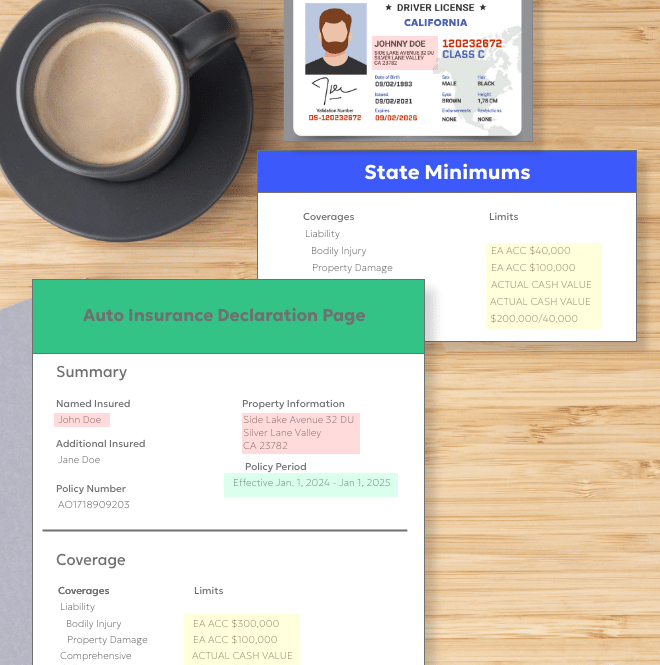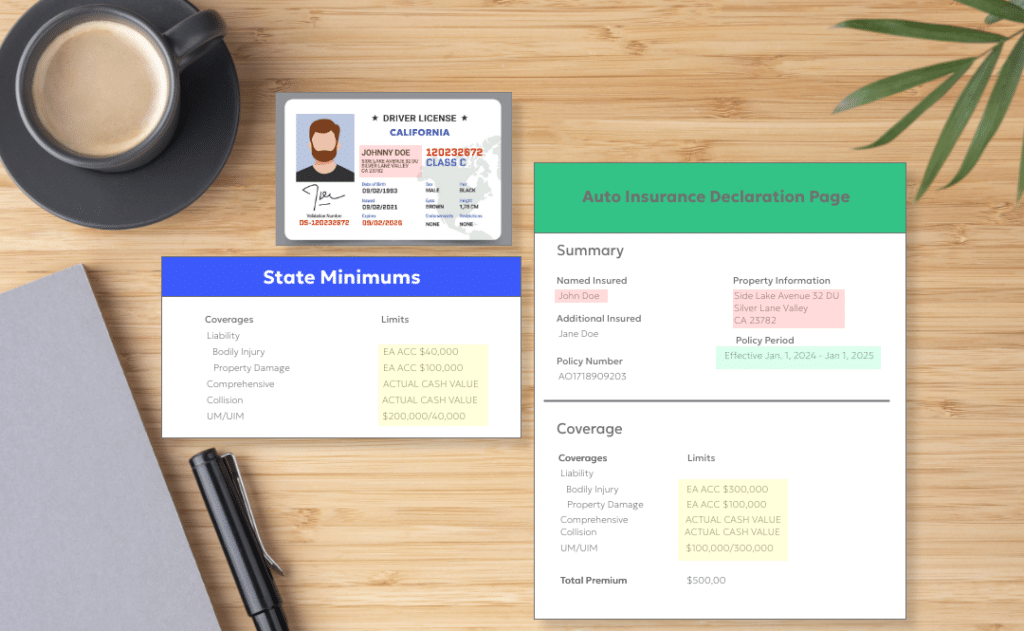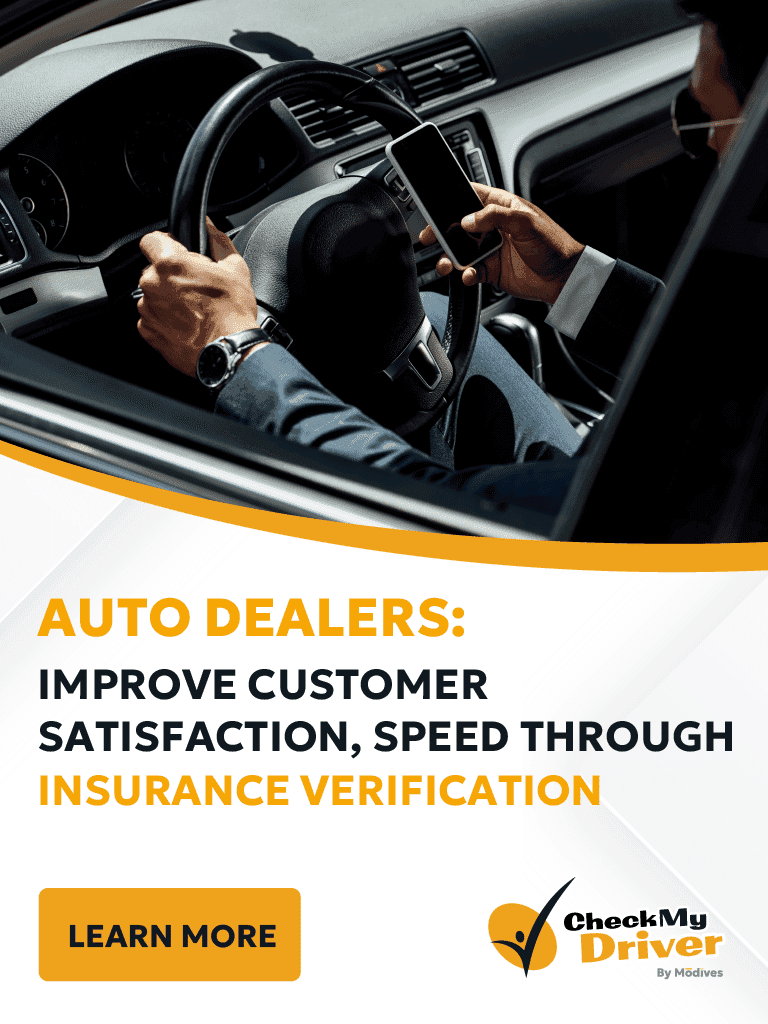This post was written by Justin Silver, COO and co-founder at Modives. Justin Silver is an insurtech veteran with nearly 20 years experience in the sales and marketing of insurance and enterprise software. With Modives, Justin is driven to deliver solutions that solve critical processes imperative to the success of embedded insurance.
Remember the “spot the difference” puzzles you used to play as a kid? You’d look at two pictures side-by-side, and you’d have to find all of the subtle differences that set them apart. While this might be a fun game in children’s magazines, it’s not as fun when reviewing insurance documents. But that’s exactly what many auto dealerships are doing during the insurance verification process.
If you run a car dealership or even just work at one, you’re probably all too familiar with this problem. Your customer has completed the test drive, you’ve negotiated a price, and papers are finally ready to be signed. The last step? Verifying the driver’s insurance before you go into F&I.
Ideally, your customer has their auto ID card in their glove compartment and can fetch it quickly. More often, they spend ten minutes scrolling through their phone to find it buried in their emails, growing increasingly frustrated. Often they have to contact, email or call their insurance agent, waiting on hold and hoping the agent is available.
Meanwhile, you take a photo of their card (risking FTC guideline violations for handling personal information) and start sifting through the policy details, meticulously checking to make sure everything checks out and calling the insurance company to verify, often facing long wait times and automated menus. Only after confirming the policy is valid can you finally hand over the keys, leaving both you and the customer relieved but worn out from the tedious process.


Why the Traditional Insurance Verification Process Is Broken
Insurance verification is a critical step in the car buying process. By ensuring your customer’s coverage is active, accurate, and adequate, you’re protecting your business from all kinds of risks, including fraud and liability.
At the same time, the current process is flawed. With the technology we have today, there’s no reason dealership employees should be spending 15-30 minutes per sale reviewing a single document. They could be spending their time building relationships with customers, nurturing deals, and teaching customers about add-on packages.
Simply identifying the fields you’re looking for can take time without institutional and insurance knowledge, especially when each carrier uses a different layout for their policy documents. There are some solutions out there to improve this step in the process, but most of them are still just pulling a summary of the deck page.
That means that after all is said and done, the sales rep or F&I manager will still need to take that information and compare it against what’s required. For employees without the “tribal knowledge” that comes from a background in insurance, even this simplified version can be difficult to interpret, and finding variance is like spotting the difference between two very similar images in Highlights. In today’s world, it doesn’t have to be this way.
Solving the Puzzle of Insurance Verification
Looking at the lack of robust solutions in the industry is what led me and my team to tackle this problem at Modives. With our CheckMy Driver solution, we’re making insurance verification and monitoring easy in the auto industry. Our patent-pending and award-winning technology creates an automated, real-time process, verifying that insurance is active, accurate, and adequate, creating transparency, and offering risk mitigation solutions.
Where you’d typically pull up a driver’s insurance policy and compare it against your requirements, you can quickly and easily send your customer a link through CheckMy Driver to sign into their insurance carrier. From there, our AI-powered system automatically reviews their policy, matching it against their details and your requirements, and sends you results in seconds to keep your deal on track.
This makes the whole process easy and accessible for anyone, regardless of insurance background. Even a junior salesperson or a busy employee can read the results and feel confident closing the sale. If everything’s good, there’s nothing to do.
For your customer, this means a quicker end-to-end experience and less time spent in the waiting room before driving off with their new car, resulting in a 12-point increase in customer satisfaction, according to a 2023 study conducted in partnership with the NADA Academy.
Taking the Next Step
Want to continue the conversation about the insurance verification process? Connect with our team to learn how CheckMy Driver can speed up sales for your dealership.
You can also check out my recent podcast episode on Facts Not Feelings with Brooke C. Furniss, where Modives CRO Darin Yeomans and I dive deeper into the challenges surrounding auto insurance and how CheckMy Driver is revamping the space.

